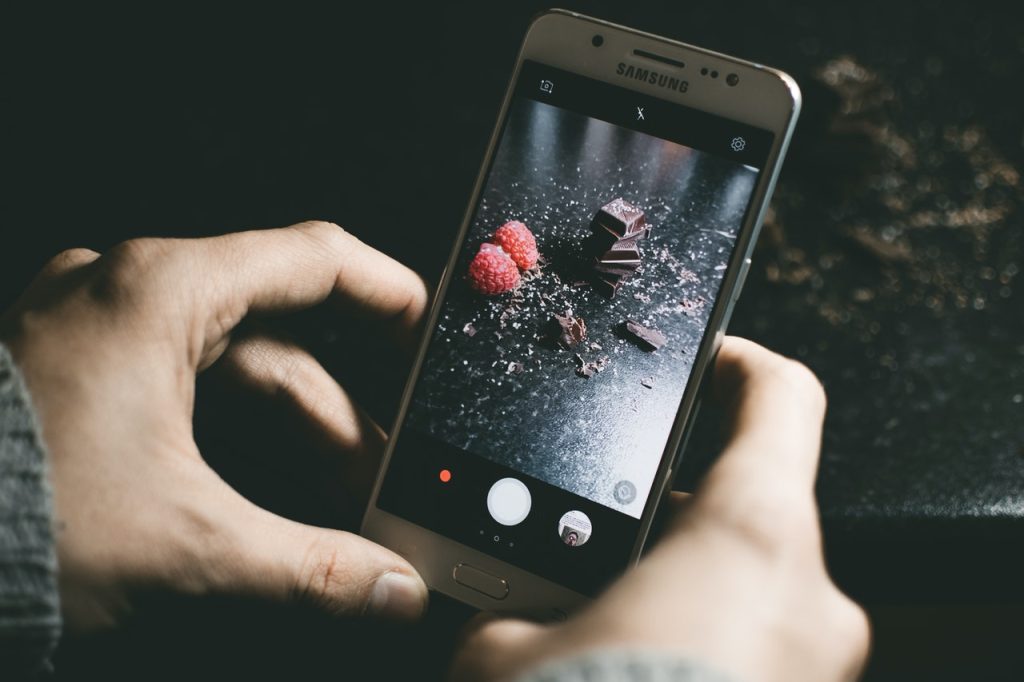
By combining blood glucose measurement with insulin administration in a single device, the complicated process of blood sugar management could be made easier for people with diabetes.
Patients with diabetes often use two types of insulin to control their blood sugar levels: long-acting insulin, which helps control glucose levels over a 24-hour period, and short-acting insulin, which is injected at mealtimes. Patients first measure their blood glucose levels with a glucose meter with a finger prick. They must also estimate how many carbohydrates are in their meal and combine this information with their blood glucose levels to calculate and inject the proper insulin dose.
Existing technologies such as continuous blood glucose monitors and insulin pumps can help with some parts of this process. However, these devices are not widely available, so most patients must rely on finger pricks and syringes. To this end, MIT researchers have developed devices to simplify the process, which they describe in the Journal of Controlled Release.
“Every day, many patients need to do this complicated procedure at least three times,” explained MIT postdoc Hen-Wi Huang. “The main goal of this project is to try to facilitate all of these complex procedures and also to eliminate the requirement for multiple devices. We also used a smartphone camera and deep learning to create an app that identifies and quantifies food content, which can aid in carbohydrate counting.”
The researchers came up with two all-in-one devices, both of which incorporate the new smartphone app. Using a photo, the app estimates the volume of food and carbohydrate content.
The first device that consolidates many of the existing tools that patients use now, including a lancet for drawing blood and glucose test strips. The device conveys blood glucose information to the smartphone app via Bluetooth, and the app works out the correct insulin dose, delivered via a needle in the same device.
“What our device is doing is automating the procedures to prick the skin, collect the blood, calculate the glucose level, and do the computation and insulin injection,” Dr Huang says. “The patient no longer needs a separate lancing device, glucose meter, and insulin pen.”
Many of the components included in this device are already FDA-approved, but the device has not been tested in human patients yet. Tests in pigs showed that the system could accurately measure glucose levels and dispense insulin.
For their second device, the researchers wanted to come up with a system that would require just one needle prick. To achieve that, they designed a novel glucose sensor that could be incorporated into the same needle that is used for insulin injection.
The researchers designed a flexible electronic sensor that can be attached to the needle and measure glucose levels in the interstitial fluid, just below the surface of the skin. Once the needle penetrates the skin, it takes between five and 10 seconds to measure the glucose levels. This information is transmitted to the smartphone app, which calculates the insulin dose and delivers it through the inserted needle.
In tests in the pigs, the researchers showed that they could accurately measure glucose levels with this system, and that glucose levels dropped after insulin injection.
Because this device uses a novel type of glucose sensor, the researchers expect that it will require further development to get to a point where it could be tested in patients.
Source: MIT

